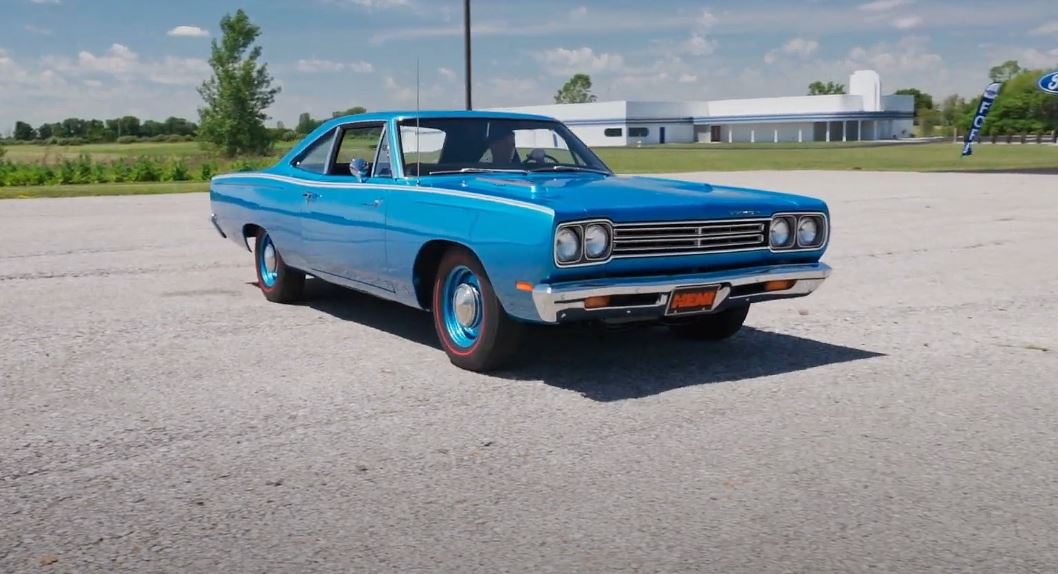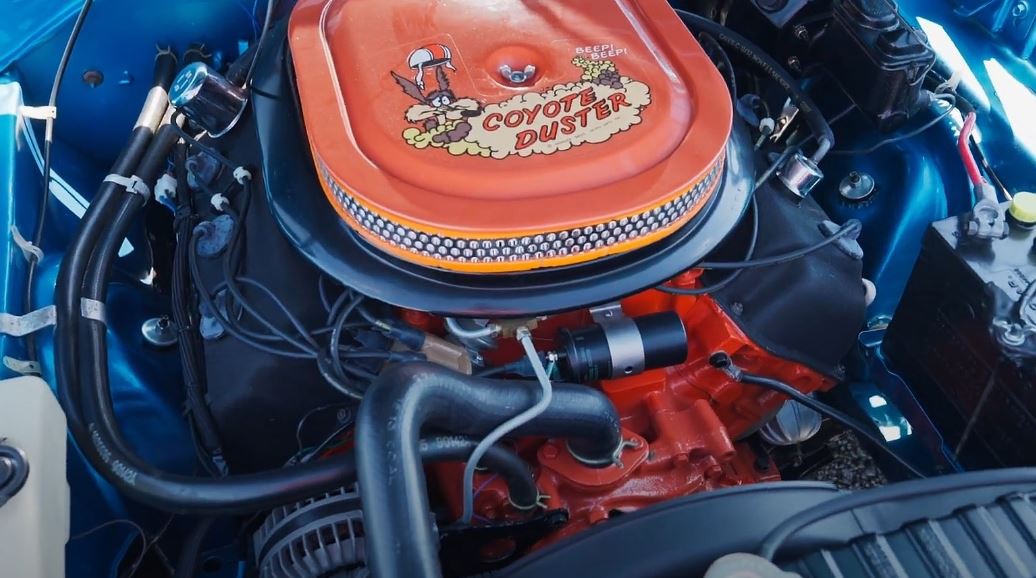Having already introduced a couple of fancied-up versions of the Belvedere in 1965 and 1967 (the Satellite and the GTX), Plymouth concluded it also needed a dedicated muscle car with an affordable sticker. It filled that gap with the Road Runner for the 1968 model year.
Plymouth paid $50,000 to Warner Bros. to use the name and likeness from the Wile E. Coyote and the Road Runner cartoons and spent an additional $10,000 to develop the “beep, beep” horn. That’s more than a half-million in 2024 dollars. However, the marketing campaign proved successful, and the Road Runner outsold the premium GTX and its Dodge twin, the Super Bee.
The Road Runner name remained in use through 1980 but was relegated to package status for the compact Plymouth Volare in 1976. Before that, Plymouth produced three different generations of the Road Runner: 1968-1970, 1971-1974, and 1975. The company sold more than 210,000 examples over eight model years, but more than a third were delivered in 1969, the nameplate’s most successful year (81,105 units).
The two-door coupe you see here is part of that legacy, but it’s much rarer than the number above suggests. Because it packs a mill that wasn’t very popular at the time due to high insurance costs. Of the 81,105 examples sold in 1969, no fewer than 78,906 cars were ordered with the entry-level 383-cubic-inch (6.3-liter) V8. The remaining 2,199 were specified with the optional 440-cubic-inch (7.2-liter) Six-Barrel and 426-cubic-inch (7.0-liter) HEMI mills.
The latter is the scarcest, as only 787 customers selected it. This Mopar is one of those cars. And it’s actually rarer than 787 units if we factor in the body styles and the transmission. Specifically, the two-door post layout and the four-speed manual narrow the production number to just 194 examples.
But that’s not the only spectacular detail about this Road Runner. The result of a rotisserie restoration, this B5 Blue coupe looks stunning from every angle. It was finished in the period-correct paint (called Blue Fire Poly at the time) and sports matching dog-dish wheels wrapped in redline tires. I don’t know about you, but I’m in love with this combo.
Moreover, the Road Runner relies on a numbers-matching 426 HEMI, which should deliver 425 horsepower following the restoration. The four-speed transmission is described as “correct,” which doesn’t really say anything about its originality. But even if it’s not a numbers-matching unit, it’s pretty much the next best thing. The car comes with the original broadcast sheet.
Showcased so it can find a new owner, the Road Runner carries a $192,500 sticker. If it sells for this sticker, it will become the third-most-expensive 1969 HEMI Road Runner ever sold. The current record stands at $214,500. Is this HEMI-powered Mopar worth nearly $200,000, or has the market gone mad? Let me know in the comments

